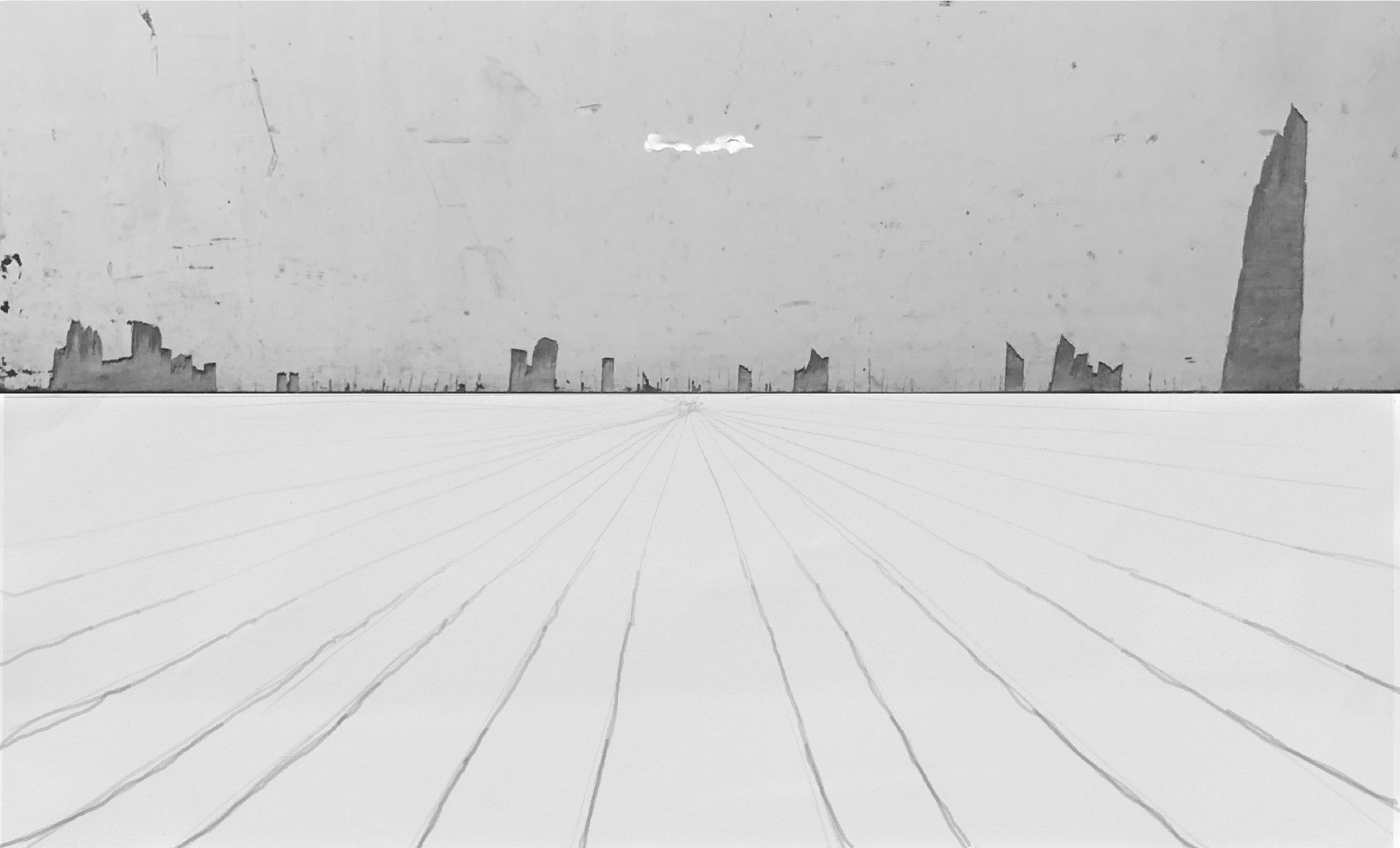Chapter 1 | COLLAGE
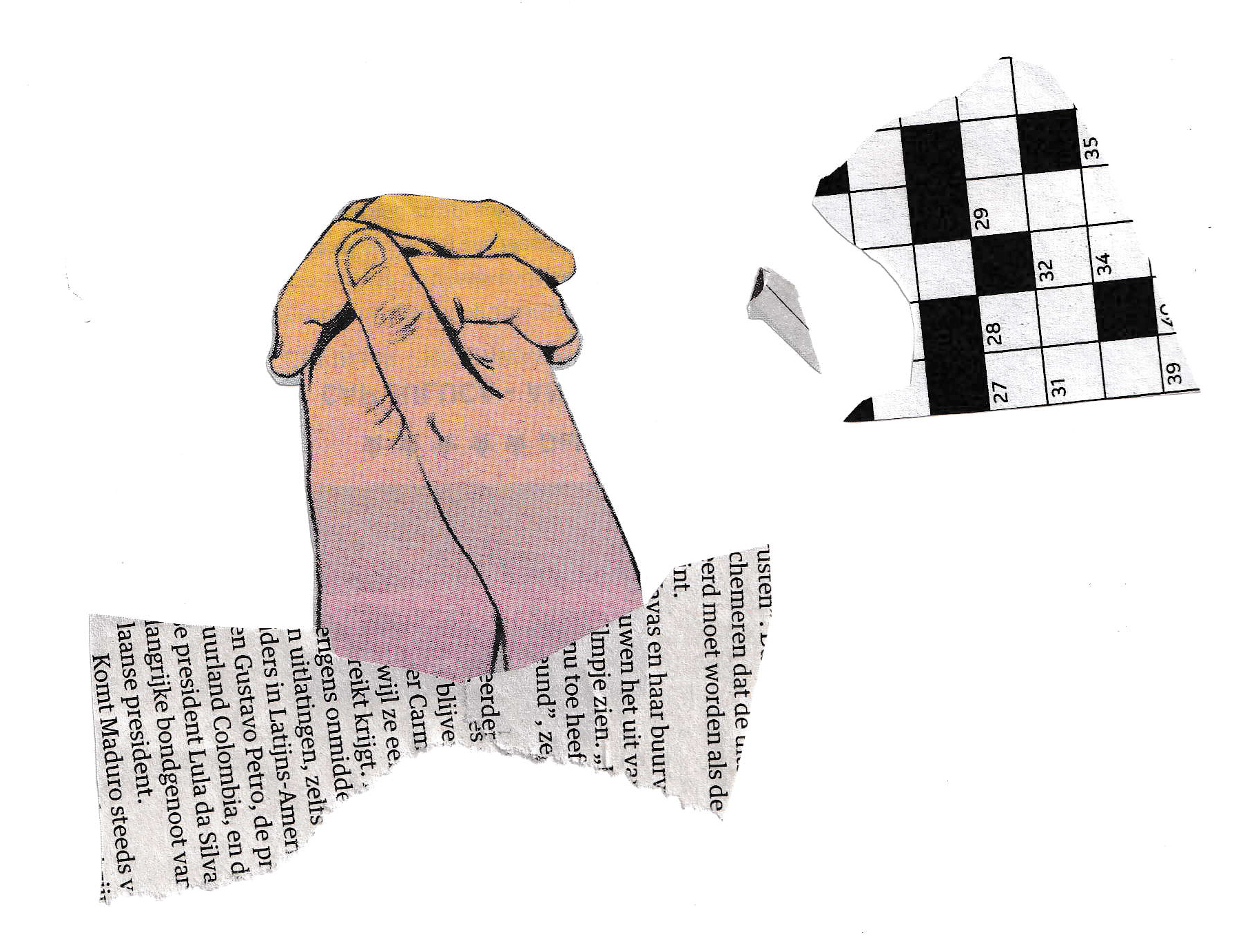
In a collage, you stick cut-out or torn fragments from different images/sources on a sturdy paper background. By combining fragments that do not originally belong together, something strange, dreamy or funny can arise. Combinations often arise somewhat by chance while you are working on them. Anything can be used for a collage: drawings, magazines, advertising brochures, newspapers, etc.
Exercise 1: Make a composition within a drawn frame (e.g. a square) of just a few cut-out or torn image fragments. They can be fragments of objects, but also pieces of text, a pattern or a colour area.
In a collage, you can play with proportions: you can make something big seem very small and vice versa. See also the lesson Grown or shrunk?, chapter 1, level 3.
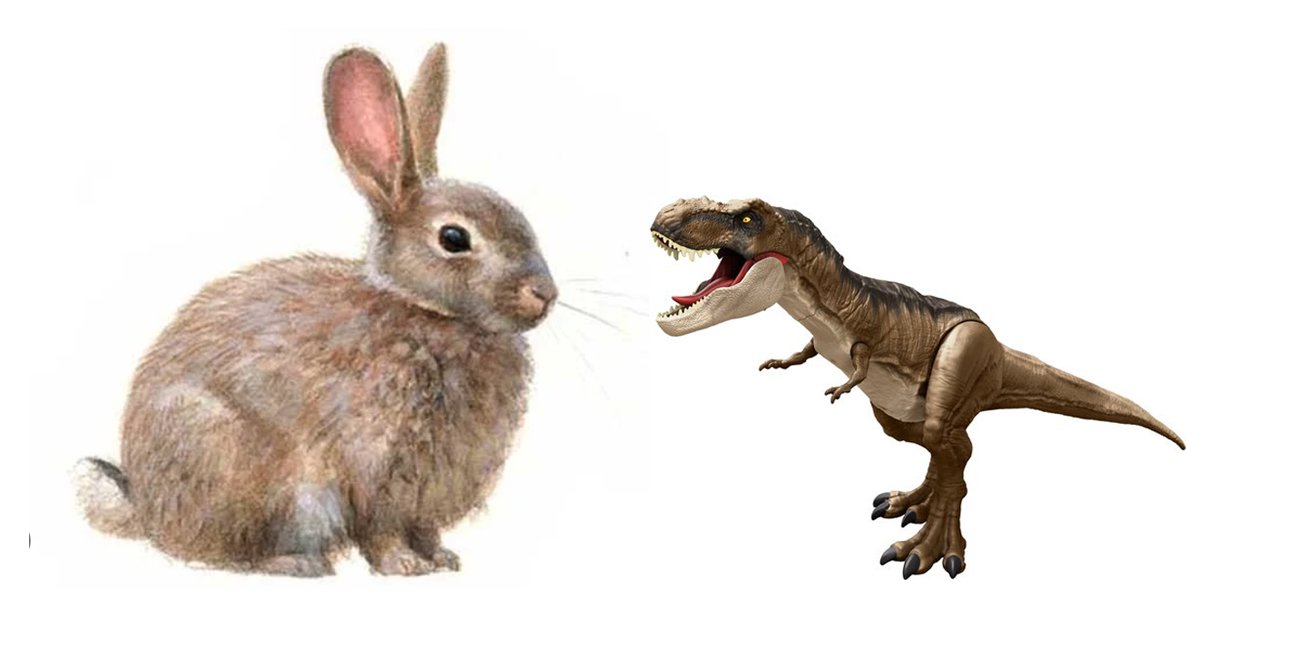
Exercise 2: Make a collage of two figures (people, animals, buildings, objects). One of the two has either shrunk very much or grown very much!
The next collage, a ‘Fruity figure with a wink’ is an example of how the meaning of something can change in a collage: in this collage an apple has become a head and a fried egg an eye. How you can transform the meaning of something into something else, often by chance, is one of the nicest things about collages, just like you can discover an animal or a face in a passing cloud.
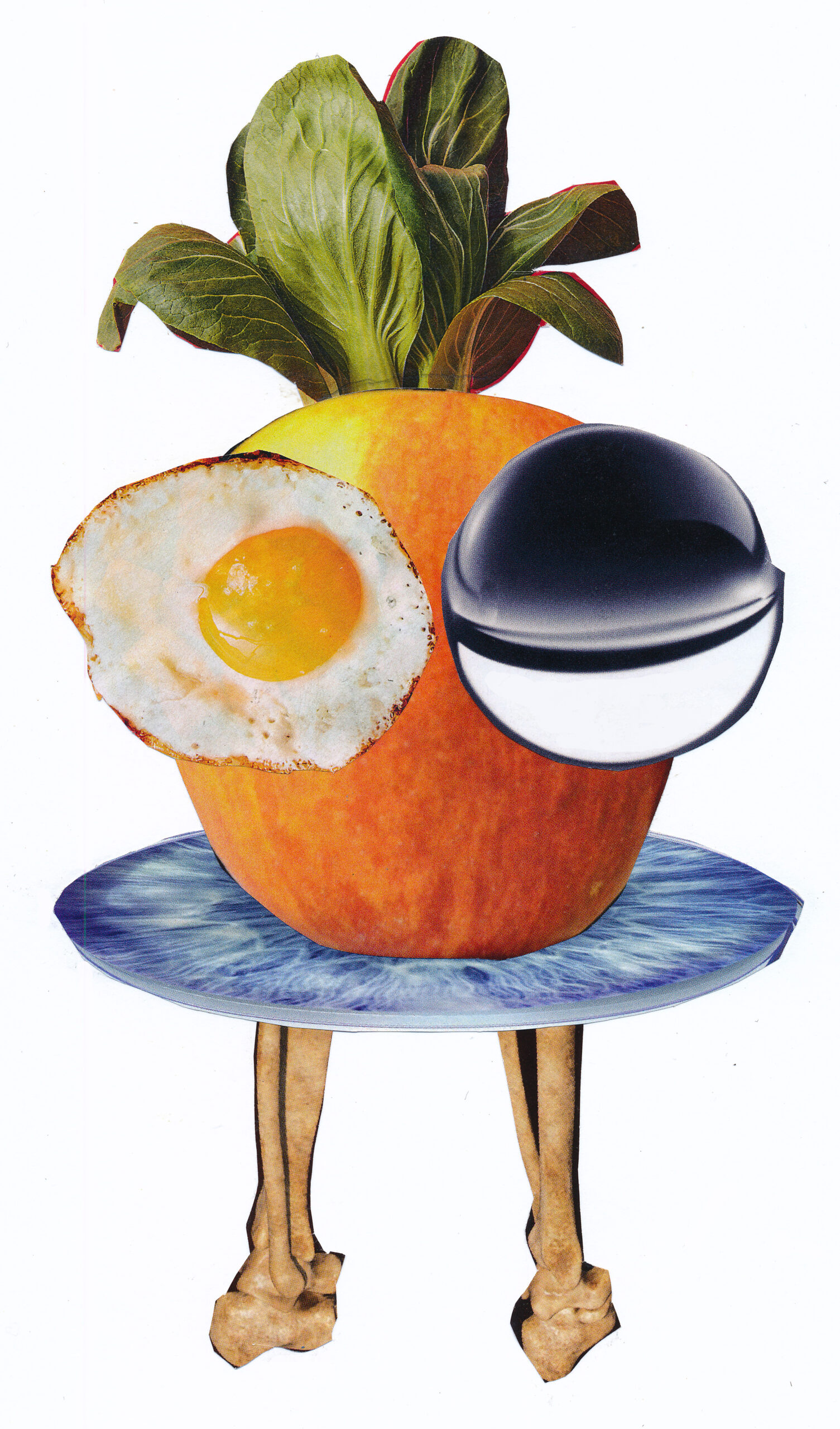
Exercise 2: Try to create a fantasy figure (animal, human, robot, alien, etc.) by merging fragments from different images/sources.
Suggestion: Use sturdy paper as a base and separate paper for applying the glue.
Transforming one thing into another is also used in commercials, such as this summery collage in an Albert Heijn magazine. Two popsicles have suddenly become a skirt and the wooden sticks have become legs.
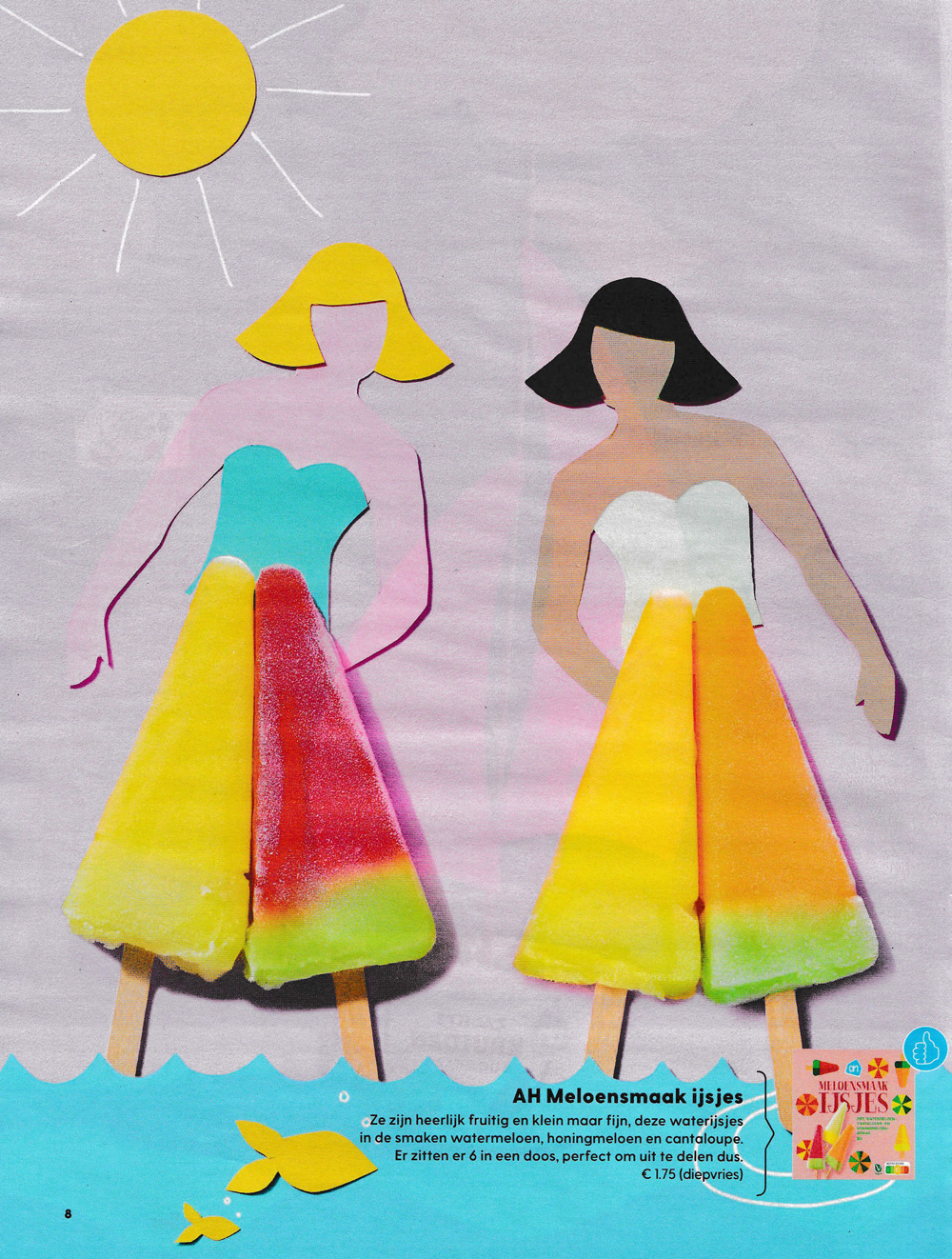
We all have the ability to associate one thing with another. Otherwise you wouldn’t have been able to see that the popsicles have turned into skirts. Playing with visual transformations sometimes happens by chance when you look at something in your environment. For example, in the damaged, peeling bottom of a door (picture) I suddenly saw a skyline or a rocky landscape on the horizon. In the next chapter you will see how spreadsheet paper can be transformed into skyscrapers.

